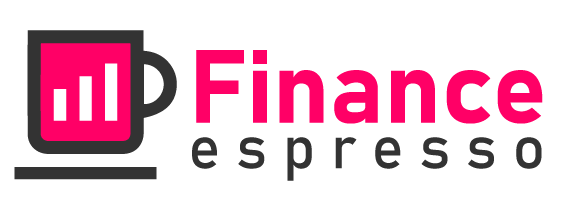The Ins and Outs of Refinancing: A Detailed Guide to Refinance Loans
What Is Refinancing?
Refinancing is the process of replacing an existing loan with a new loan with more favorable terms. This could mean a lower interest rate, shorter loan term, or both. Refinancing can be used to pay off a wide variety of loans, including mortgage loans, auto loans, and student loans.
Types of Refinance Loans
The most common types of refinance loans are:
- Cash-out Refinancing: This type of refinance loan allows homeowners to borrow equity in their home to make improvements or pay off other debts. The main goal of cash-out refinancing is to get a lower interest rate, and you may also be able to deduct some of the refinancing costs on your taxes.
- Rate-and-Term Refinancing: This type of refinance is often used to save money on existing loans, either by lowering the interest rate or shortening the repayment term. This type of loan is best for people who don’t want to take on more debt in order to refinance.
- Mortgage Refinancing: This type of refinance is designed for homeowners who want to make major changes to their home loan, such as moving from a fixed-rate to an adjustable-rate mortgage or consolidating multiple loans into one loan. It’s important to understand the risks associated with this type of refinancing, especially if you’re considering an adjustable-rate loan.
Pros and Cons of Refinancing
The decision to refinance can be tricky, so it’s important to weigh all of the pros and cons before making a decision.
Pros:
- Lower Interest Rate: Refinancing at a lower interest rate can lead to significant savings over the life of the loan.
- Lower Monthly Payments: A lower interest rate can also mean lower monthly payments, which can free up money for other expenses.
- Shorter Repayment Term: Refinancing can also allow you to shorten the repayment term of your loan, which can save you money in interest over the life of the loan.
- Access to Equity: Some refinance loans allow homeowners to access the equity in their home, which can be used for major home improvements or to pay off other debts.
Cons:
- Fees: Refinancing comes with fees, such as application fees, appraisal fees, and closing costs. These fees can add up and should be weighed carefully against the potential savings.
- Risk of Foreclosure: Refinancing to an adjustable-rate loan increases the risk of foreclosure if interest rates rise significantly.
- Less Flexibility: With a refinanced loan, you may not be able to make additional payments to pay off the loan faster. This could mean you end up paying more in interest.
Conclusion
Refinancing can be a great way to reduce your monthly payments or the overall cost of your loan. However, it’s important to weigh the pros and cons carefully before you make a decision. Be sure to shop around and compare offers to make sure you get the best deal possible.

